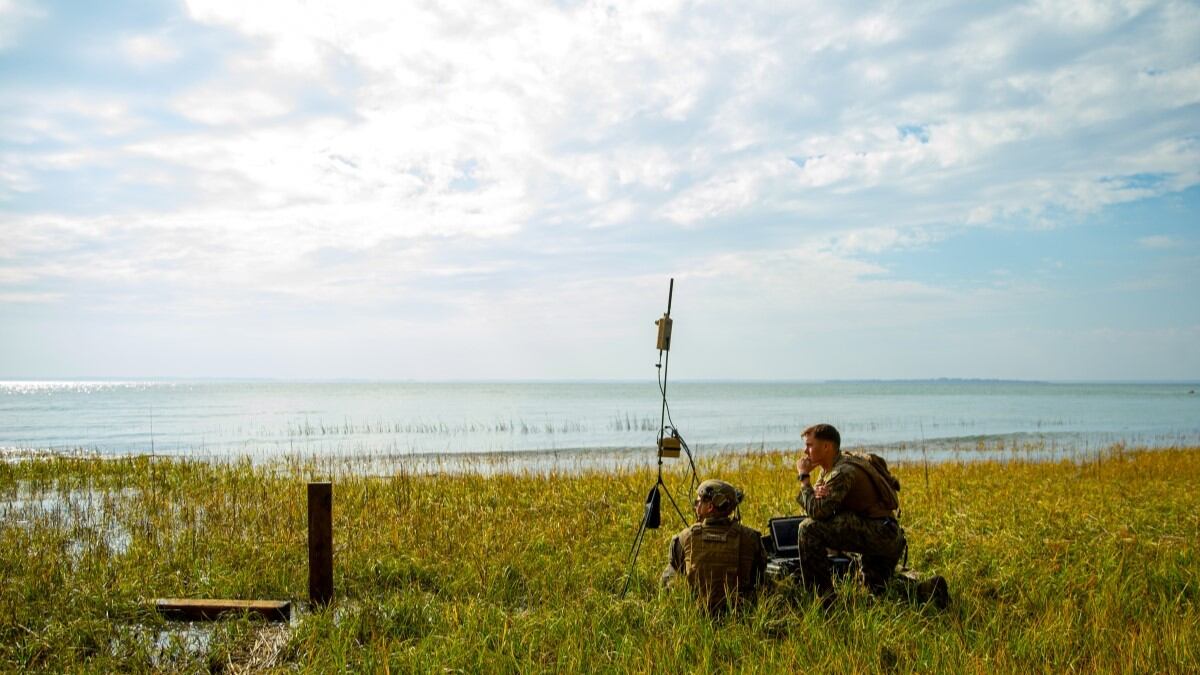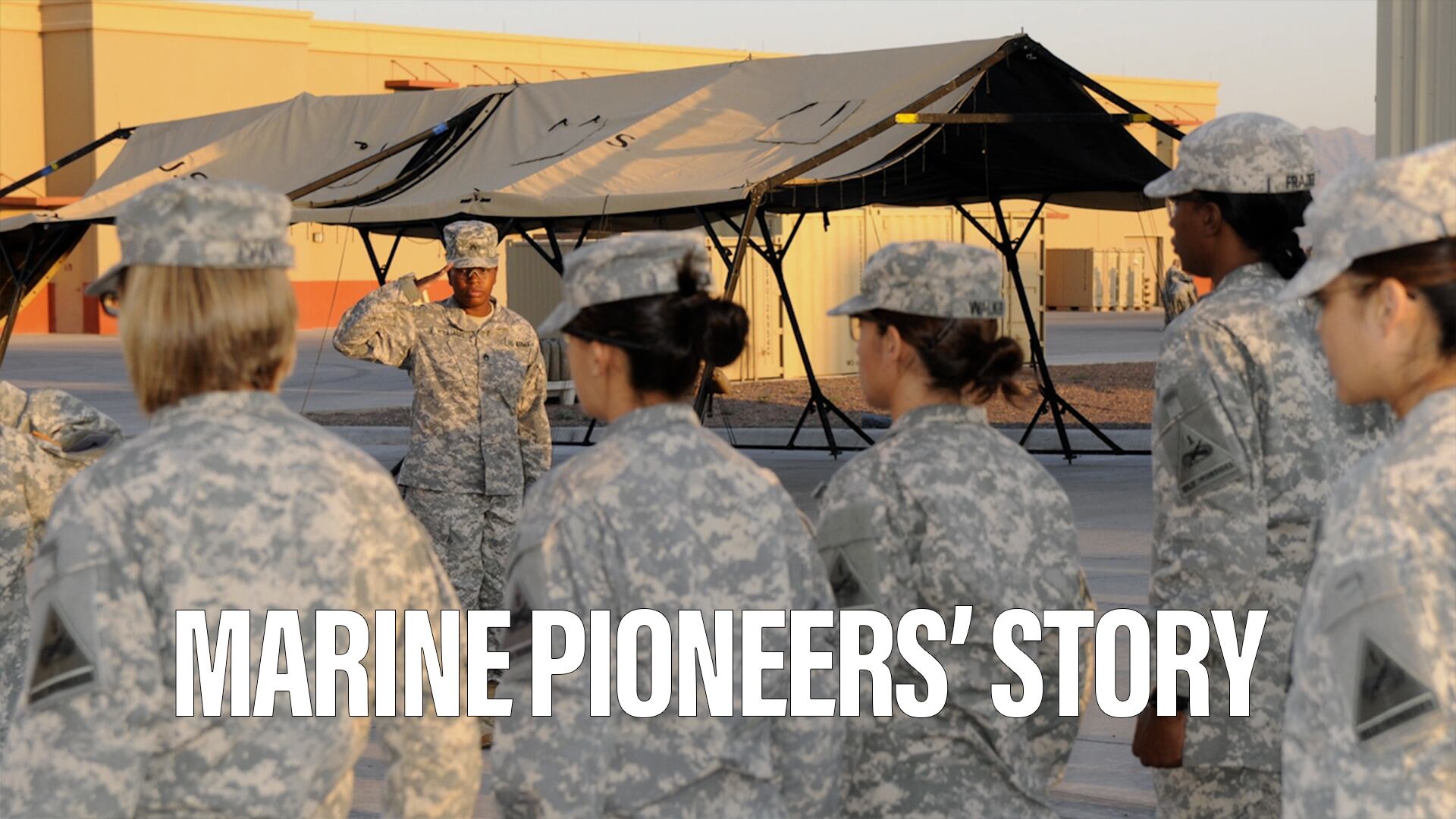WASHINGTON ― Changes made to the Marine Corps structure, equipment and approach to deployments are giving the service new ways to react to crises across the globe.
As the Marines continue Force Design ― their manpower, equipment and operational shift to fight peer competitors such as China ― pieces of those changes already in the operating force are proving their combat-worthiness, two senior generals said Thursday at the Modern Day Marine Expo.
Lt. Gen. Karsten Heckl, deputy commandant of combat development and integration, pointed to a recent exercise and the ongoing war between Russia and Ukraine as examples.
During exercise Nordic Response in February, Marines teamed with NATO allies, serving as the stand-in force in Norway, operating a ground/air task–oriented radar, tracking airborne threats near the Russian border, Heckl said.
The G/ATOR is a key piece of equipment added to the Marine inventory as it shifts part of its focus to how it can provide unique capabilities to the other military services in joint operations.
RELATED

But moves such as these were happening back in 2022 when Russia launched its full-scale invasion of Ukraine.
Speaking with reporters following his panel appearance Thursday, Heckl stopped short of providing operational details, but said that Marines at the time with Task Force 61/2, part of a Marine expeditionary brigade, responded almost immediately, “with equipment we fielded directly because of force design that would not have otherwise been there and we did quite a bit of stuff with that, G/ATOR’s one of them but I’ll leave it at that.”
That new Marine focus, sensing threats and passing data, has been part of how force design has evolved, Heckl said.
“As we went on this force design journey, we started out we initially thought of blowing stuff up, very kinetically oriented, now we realize through the stand in force it’s really the capability of sensing and making sense,” Heckl said.
Lt. Gen. James Bierman, deputy commandant of plans, policies and operations, widened the scope of what the service has seen as it implements force design changes within units.
Bierman pointed to Houthi rebel strikes on maritime vessels in the Red Sea as evidence of how adversaries can create choke points and countering such attacks, “is going to be the business of the Marine Corps.”
In 2023, when Bierman commanded III Marine Expeditionary Force, the unit conducted exercise Azure Dragon. The focus was on the force’s ability to operate as a stand-in force in the first and second island chains.
The force is headquartered in Okinawa, Japan, within the first island chain that rings China. At the same time, the Marines have purpose built the 3rd Marine Littoral Regiment in Hawaii and recently stood up the 12th Marine Littoral Regiment, also in Okinawa, centered around force design concepts of sensing and striking within range of enemy forces.
“There’s been a lot of focus on the MLR, very appropriately so, what we were trying to do in Azure Dragon is validate our ability to stand in as a MEF, as a (Marine Air Ground Task Force),” Bierman said.
But having the force, a unit with 25,000 Marines, running as the stand in force sets up units such as the regiments to better exploit enemy weaknesses, Bierman said.
Todd South has written about crime, courts, government and the military for multiple publications since 2004 and was named a 2014 Pulitzer finalist for a co-written project on witness intimidation. Todd is a Marine veteran of the Iraq War.








